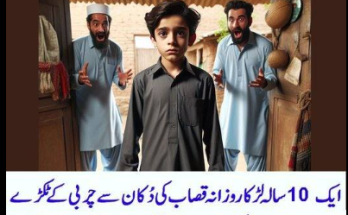“The Impact of Social Media on Mental Health” is a timely and significant topic that delves into the complex relationship between social media usage and mental well-being. Here’s a breakdown of how this article could be structured:
Introduction
- Overview of Social Media’s Pervasiveness: Briefly discuss the widespread use of social media platforms like Instagram, Facebook, Twitter, TikTok, and others, and how they have become integral parts of daily life.
- Link to Mental Health: Introduce the growing concern about the impact of social media on mental health, particularly in relation to anxiety, depression, self-esteem, and overall well-being.
Social Media and Anxiety
- Comparison Culture: Explore how constant exposure to curated, idealized versions of others’ lives can lead to feelings of inadequacy, FOMO (Fear of Missing Out), and social anxiety.
- Cyberbullying: Discuss the prevalence of online harassment and its profound impact on anxiety levels, especially among younger users.
- Information Overload: Consider how the endless stream of news and opinions can contribute to anxiety, creating a sense of being overwhelmed.
Social Media and Depression
- Isolation vs. Connection: Analyze the paradox of feeling lonely despite being constantly “connected” online. Discuss how social media can exacerbate feelings of loneliness and depression.
- Negative Content: Examine how exposure to negative or distressing content can influence mood and contribute to depressive symptoms.
- Sleep Disruption: Address how social media use, especially before bed, can interfere with sleep patterns, leading to increased risk of depression.
Social Media and Self-Esteem
- Body Image Issues: Discuss the impact of unrealistic beauty standards and heavily edited images on self-esteem, particularly among adolescents and young adults.
- Validation Seeking: Explore the need for validation through likes, comments, and shares, and how this external validation can negatively affect self-worth and self-esteem.
- Social Comparison: Delve into how comparing oneself to others online can lead to negative self-assessment and decreased self-esteem.
The Positive Side of Social Media
- Supportive Communities: Highlight the potential of social media to foster positive connections, provide support, and promote mental health awareness.
- Access to Resources: Discuss how social media can be a valuable tool for accessing mental health resources, finding support groups, and learning about mental health issues.
Strategies for Healthy Social Media Use
- Mindful Consumption: Encourage readers to be mindful of their social media use, setting boundaries, and curating their feeds to reduce exposure to negative content.
- Digital Detox: Suggest taking regular breaks from social media to improve mental well-being.
- Positive Engagement: Promote the idea of using social media to engage in positive interactions, support others, and share uplifting content.
Conclusion
- Balancing Act: Summarize the importance of finding a balance between the benefits and drawbacks of social media use.
- Call to Action: Encourage readers to assess their social media habits and make changes that support their mental health.
This structure ensures a comprehensive exploration of how social media influences mental health, providing both the challenges and potential solutions.




